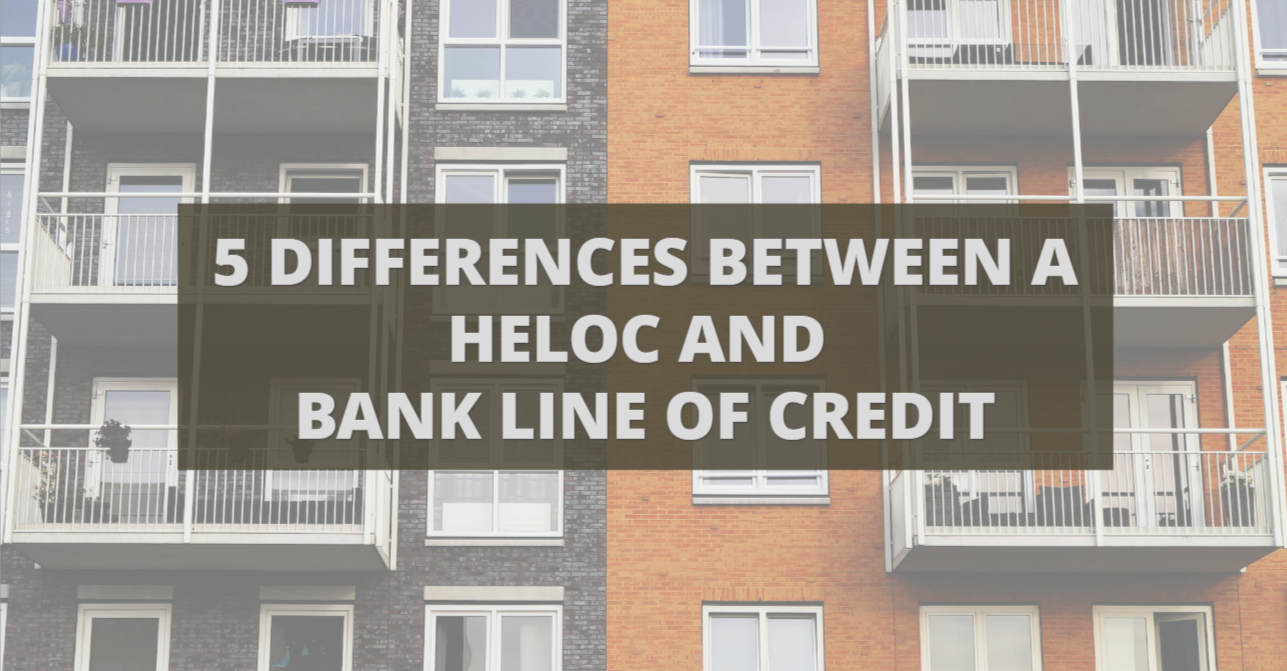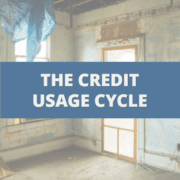5 Differences Between a HELOC and a Bank Line of Credit
Categories: Blog Posts
HELOC and a bank line of credit… which is better for your investments?
So what’s the difference between a true bank line of credit for your business and a HELOC?
Let’s go over 5 key differences you should know.
1. Qualifying for a HELOC or Bank Line of Credit
Typically with a bank line of credit, which is a line of credit on one or multiple properties, you could have one line of credit that covers all of your properties or just part of them. You have that flexibility. But, in order to qualify, you also have to provide all the paperwork, taxes, and everything a bank usually requires.
For a HELOC, qualifying is usually just as simple as getting an estimate or value on your property, and having a good credit score. There is often minimal paperwork and little concern about your income.
2. Applying
One major benefit of a HELOC is once you get one, they’re good for a set draw period. That period is usually 5 or 10 years. So once you get it, you have it at your disposal for that timeframe. You can use it over and over.
A bank line of credit that goes through your business is less set-it-and-forget-it. Some banks will want to look at your financials every year, and some every two years. You’ll have to re-qualify every couple of years.
With a bank line of credit, you have to bring in your paperwork every few years, so you have to be sure your business stays profitable. They also re-evaluate the property’s value, which can be pro or con depending on the market.
3. LTVs on a HELOC or Bank Line of Credit
What are they going to lend you? A HELOC on a non-owner-occupied property usually maxes out at 70% of your equity. In owner-occupied, that could be up to 80%.
Depending on your credit and your properties, a bank line of credit will probably have a maximum LTV of 75% average overall on the properties.
The LTVs on these two lines of credit aren’t that different. It’s more important that, whichever option you go with, you shop around to maximize your loan-to-value.
4. Costs
Typically, a HELOC costs a few hundred dollars to open up. So each property you put a HELOC on will have its own fees (the couple hundred bucks) and requirements every time. But remember, this lasts for 5-10 years, or until whenever you refinance it.
The cost for a bank line of credit will be somewhere between one and one and a half percent. They may need some appraisals to approve it. And remember – since it’s only a 1-2 year limit on bank lines of credit, these charges will happen at least every 2 years.
5. Source
Now, the biggest benefit of a bank line of credit: it’s in one source.
For HELOCs, you have a small amount available on each property. So if you need a large amount, you’ll have to go to each bank or credit union and pull out the amounts. You’ll have different accounts at different banks that you’ll have to manage the payments on. You may have two HELOCs, or you might have 10 – and you might have to put all 10 together to get enough funds for what you need.
Read the full article here.
Watch the video here:
https://youtu.be/BXvXb0BpyPo











